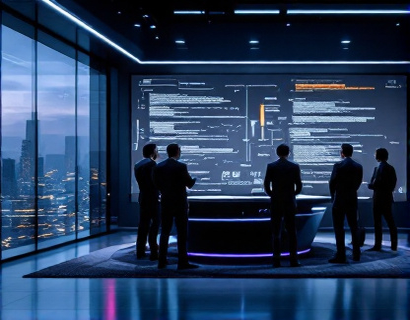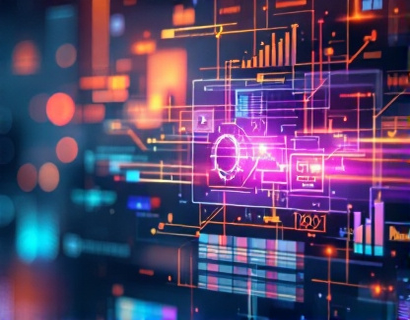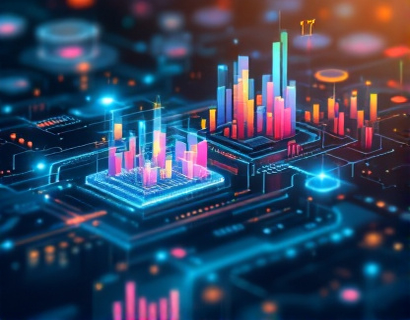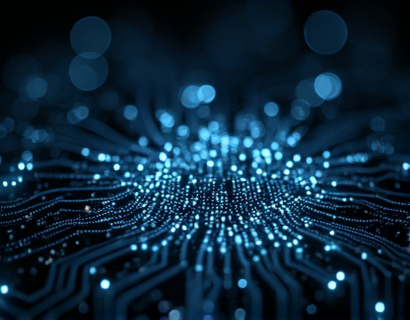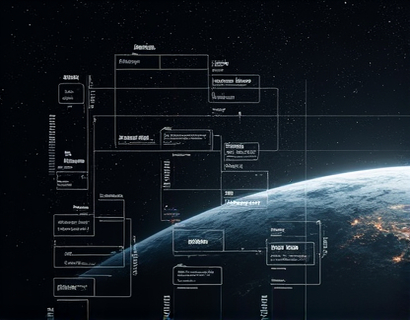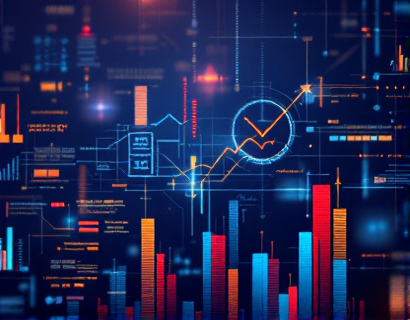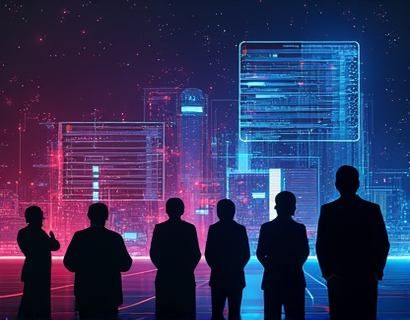Decentralized Productivity Amplified: Harnessing AI and Crypto for Next-Gen App Solutions
The intersection of cryptocurrency and artificial intelligence (AI) is giving rise to a new era of decentralized productivity tools. This convergence is not just a technological novelty but a transformative shift that promises to redefine how we approach digital workflows. For tech professionals, early adopters, and anyone interested in the future of decentralized applications, understanding this synergy is crucial. This article delves into the innovative applications and the potential of these technologies to revolutionize productivity, offering insights into seamless and efficient tools that are reshaping the digital landscape.
The traditional centralized models of software and services are being challenged by decentralized alternatives. These new systems leverage blockchain technology to create transparent, secure, and user-controlled environments. When combined with AI, the potential for enhancing productivity becomes immense. The key lies in how these technologies can be integrated to create applications that are not only powerful but also accessible and user-friendly.
Decentralized Productivity: The Basics
Decentralized productivity tools operate on blockchain networks, which ensure that data and applications are distributed across a network of computers rather than stored in a single location. This decentralization offers several advantages. First, it enhances security by eliminating single points of failure. Second, it promotes transparency, as all transactions and data changes are recorded on a public ledger. Third, it empowers users by giving them control over their data and the ability to participate in the governance of the platforms they use.
AI, on the other hand, brings intelligence and automation to these decentralized systems. Machine learning algorithms can analyze vast amounts of data to provide insights, automate repetitive tasks, and even predict user needs. When AI is integrated into decentralized applications, the result is a powerful toolset that can significantly enhance productivity.
Enhanced Security and Trust
One of the most compelling aspects of decentralized productivity tools is the enhanced security they offer. Traditional centralized systems are vulnerable to hacks and data breaches, as all data is stored in a central location. In contrast, decentralized systems distribute data across a network, making it much harder for malicious actors to compromise the system. Blockchain's cryptographic techniques ensure that data is tamper-proof and that transactions are verifiable.
AI can further bolster security by detecting and mitigating threats in real-time. Machine learning models can identify unusual patterns or behaviors that may indicate a security breach, allowing for immediate action to be taken. This combination of decentralization and AI creates a robust security framework that users can trust.
Improved Data Management
Data management is a critical aspect of productivity, and decentralized systems offer significant improvements. In a decentralized environment, users have full control over their data, deciding who can access it and for what purpose. This level of control is not possible in centralized systems, where data is often exploited for commercial gain without user consent.
AI enhances data management by providing advanced analytics and insights. Decentralized applications can use AI to process and analyze data stored on the blockchain, offering users valuable information without compromising privacy. For instance, AI can help in optimizing workflows by analyzing usage patterns and suggesting improvements, all while keeping the data encrypted and secure.
Automation and Efficiency
Automation is a cornerstone of productivity, and the integration of AI into decentralized systems takes this to a new level. Smart contracts, a key feature of blockchain technology, can be programmed to execute tasks automatically when certain conditions are met. When combined with AI, these smart contracts can become even more intelligent, adapting to changing conditions and optimizing processes in real-time.
For example, in project management, AI can automate task assignments based on team members' availability and expertise, while smart contracts ensure that milestones are met and payments are processed seamlessly. This level of automation not only saves time but also reduces the potential for human error, leading to more efficient and reliable workflows.
User-Centric Design
Despite the technical sophistication of decentralized AI-powered tools, user experience remains a top priority. These applications are designed to be intuitive and accessible, ensuring that users of all technical backgrounds can benefit from their features. The goal is to create tools that enhance productivity without requiring extensive training or technical knowledge.
AI plays a crucial role in this user-centric design. By understanding user behavior and preferences, AI can tailor the user interface and experience to individual needs. For instance, AI can suggest frequently used features, streamline workflows, and even predict the next steps a user might take, all to make the tool more efficient and user-friendly.
Interoperability and Ecosystem Integration
Interoperability is another key advantage of decentralized productivity tools. Unlike traditional systems that often operate in silos, decentralized applications can seamlessly integrate with other blockchain-based services and platforms. This interoperability allows for a more connected and cohesive digital ecosystem, where data and assets can flow freely between different applications.
AI enhances this interoperability by acting as a bridge between different systems. Machine learning algorithms can translate data formats, ensure compatibility, and even optimize data transfer processes. This creates a more unified and efficient ecosystem, where users can leverage a wide range of tools and services without friction.
Case Studies and Real-World Applications
To better understand the potential of decentralized AI-powered productivity tools, let's look at some real-world applications. One notable example is a decentralized project management platform that uses AI to optimize task allocation and resource management. This platform leverages blockchain to ensure transparency and security, while AI algorithms analyze project data to suggest the most efficient workflows and resource assignments.
Another example is a decentralized content creation and monetization platform. Here, AI helps in content recommendation and audience engagement, while blockchain ensures that creators receive fair compensation for their work. Users can upload content, and AI-driven algorithms promote it to the most relevant audiences, all within a secure and transparent environment.
Challenges and Future Prospects
While the potential of decentralized AI-powered productivity tools is vast, there are challenges that need to be addressed. One of the primary challenges is scalability. Blockchain networks, especially those using proof-of-work consensus mechanisms, can struggle with high transaction volumes. However, the development of more efficient consensus algorithms and layer 2 solutions is addressing this issue.
Another challenge is user adoption. The complexity of blockchain and AI technologies can be daunting for some users. Education and user-friendly interfaces are essential to overcome this barrier. As more people become familiar with these technologies, adoption is expected to grow.
Looking ahead, the future of decentralized productivity tools is promising. Advancements in blockchain technology, such as faster block times and improved scalability, will make these platforms more practical for everyday use. AI will continue to evolve, offering even more sophisticated features and insights. The convergence of these technologies will likely lead to the creation of more intuitive, powerful, and user-centric tools that redefine productivity in the digital age.
In conclusion, the integration of AI and blockchain is paving the way for a new generation of productivity tools. These decentralized applications offer enhanced security, improved data management, automation, and a user-centric design, all while fostering a more interconnected and efficient digital ecosystem. For tech professionals and early adopters, embracing these innovations can provide a significant edge in the ever-evolving landscape of digital workflows.









